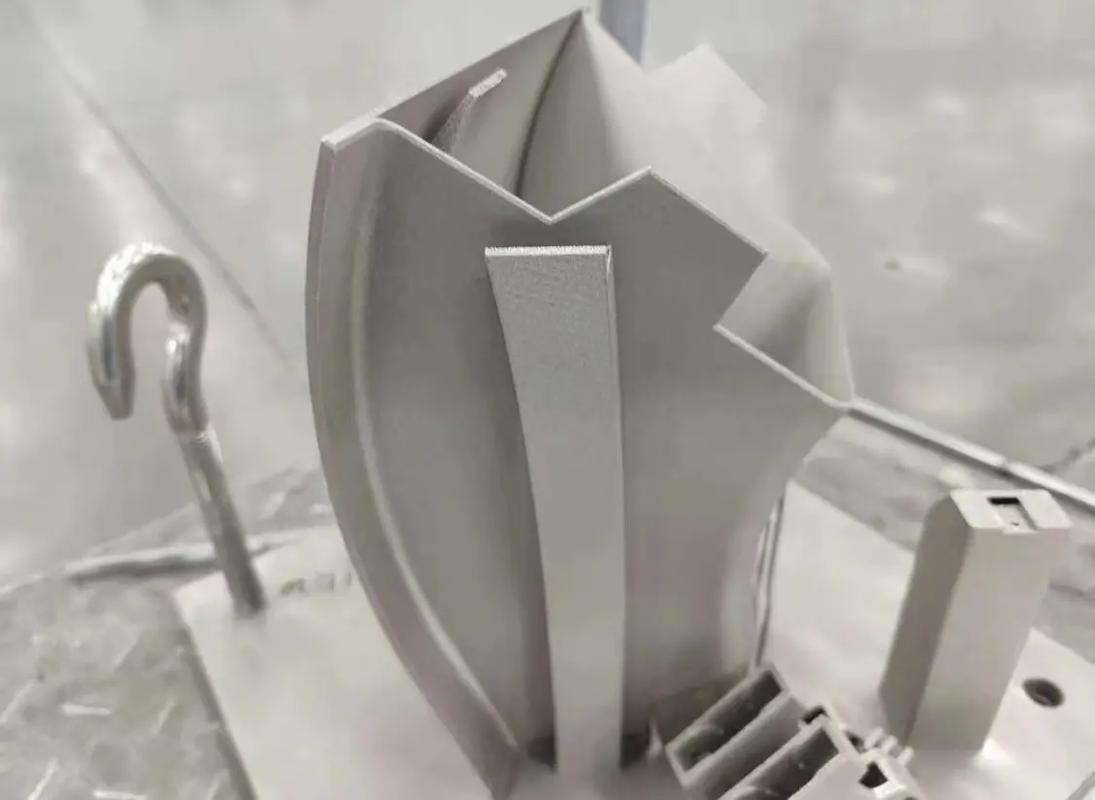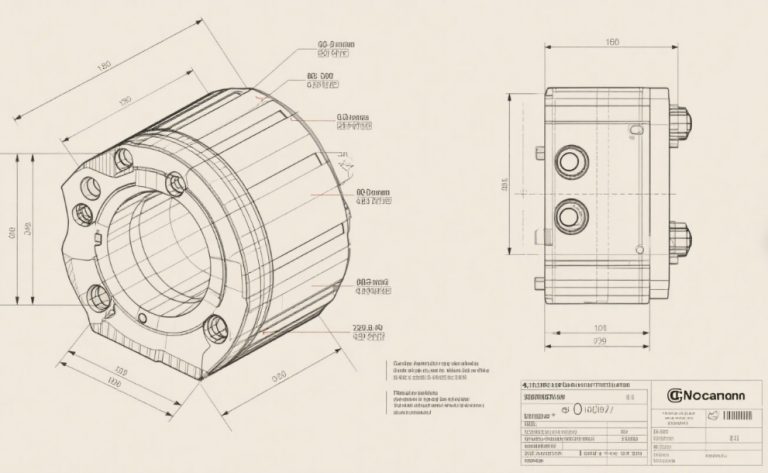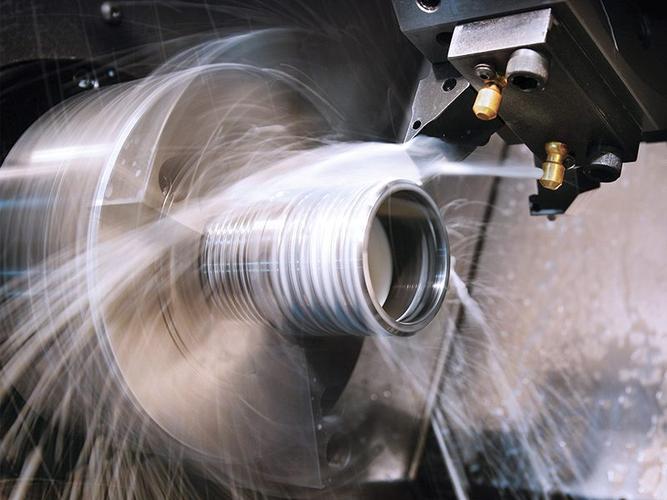
Answer:
Metal 3D printing is not necessarily cheaper than CNC machining. For small – batch, complex – structured parts, 3D printing does not require molds, reducing upfront investment, and the cost may be lower. However, it has a slow processing speed and expensive materials, making it suitable for single – piece or small – batch customization. CNC machining is suitable for mass production. The unit cost decreases as the quantity increases. For simple and regular parts, it has high processing efficiency and good material utilization, resulting in a more favorable cost. The costs of the two vary depending on the part requirements.
Professional Extension
I. Analysis of Material Cost Differences and Losses
Metal 3D printing typically uses specially – made metal powder materials, such as titanium – alloy powder and stainless – steel powder. The production process of these powders is complex, involving multiple processes like atomization powder – making, resulting in high material prices. Moreover, during the printing process, the powder materials cannot be fully utilized. Some powder may become unusable again due to oxidation, sintering, etc., with a material loss rate of 10% – 30%. In addition, to ensure printing quality, support structures often need to be added before printing, and this part of the material will be removed after printing, further increasing the material cost.
CNC machining uses metal materials mostly in the form of bars, plates, or pipes, which are widely available and have relatively stable market prices. During the machining process, although there is also waste generated from material removal, through reasonable layout planning, the material utilization rate can usually reach 60% – 80%, and for some parts with regular shapes, it can be even higher. Moreover, the waste can be recycled, reducing the actual material cost to a certain extent.
II. Comparison of Equipment Investment and Maintenance Costs
Metal 3D printing equipment is highly technical and expensive. The price of an industrial – grade metal 3D printer can reach several million or even tens of millions of yuan. At the same time, the equipment requires strict maintenance. Key components such as lasers and powder – conveying systems need to be replaced regularly, resulting in high maintenance costs. In addition, the printing process needs to be carried out in a vacuum or inert – gas – protected environment, increasing operating costs such as gas consumption.
There is a wide variety of CNC machining equipment with a large price range. Generally speaking, the purchase cost of ordinary CNC machine tools is lower than that of metal 3D printers. Equipment maintenance mainly involves routine operations such as tool replacement and guide – rail lubrication, with relatively low maintenance costs. However, for high – precision, multi – axis – linkage CNC machining centers, their purchase and maintenance costs will also increase significantly. But compared with metal 3D printing equipment, they have more advantages in unit – cost allocation during large – scale production.
III. Influence of Processing Efficiency and Labor Costs
Metal 3D printing forms parts through a layer – by – layer deposition method, with a slow processing speed. Even for small parts, the printing time may be several hours or even several days. This not only prolongs the production cycle but also leads to low equipment utilization and low output per unit time. At the same time, the 3D – printing process requires professional technicians for model design, slicing processing, and equipment monitoring, resulting in high labor costs. Especially for the printing of complex parts, experienced engineers are needed for process optimization, further increasing the labor input.
CNC machining has obvious efficiency advantages in mass production and the processing of simple parts. By clamping multiple workpieces at one time and using high – speed cutting, the production efficiency can be significantly improved. Moreover, the programming and operation of CNC machining are relatively standardized, and ordinary technicians can be trained to work, resulting in relatively low labor costs. In mass production, as the production quantity increases, the unit – time cost and labor cost of CNC machining will continue to decrease, with more significant economic benefits.
IV. Consideration of Mold and Process Complexity Costs
One of the biggest advantages of metal 3D printing is that it can manufacture complex parts without molds, saving the time and cost of mold design, manufacturing, and debugging. For the production of single – piece or small – batch complex parts, such as special – shaped structural parts in the aerospace field, 3D printing avoids high – cost mold expenses, resulting in a lower overall cost. However, if a large number of identical parts need to be produced, the low efficiency of 3D printing will lead to a sharp increase in costs.
When CNC machining is used to produce complex parts, special fixtures and molds may need to be designed and manufactured, increasing upfront costs and production preparation time. However, in mass production, these costs can be allocated to a large number of parts, reducing the unit cost. Moreover, the CNC – machining process is mature. For some parts with regular shapes, standard tools and processing parameters can be directly used without complex process design, further saving costs.






